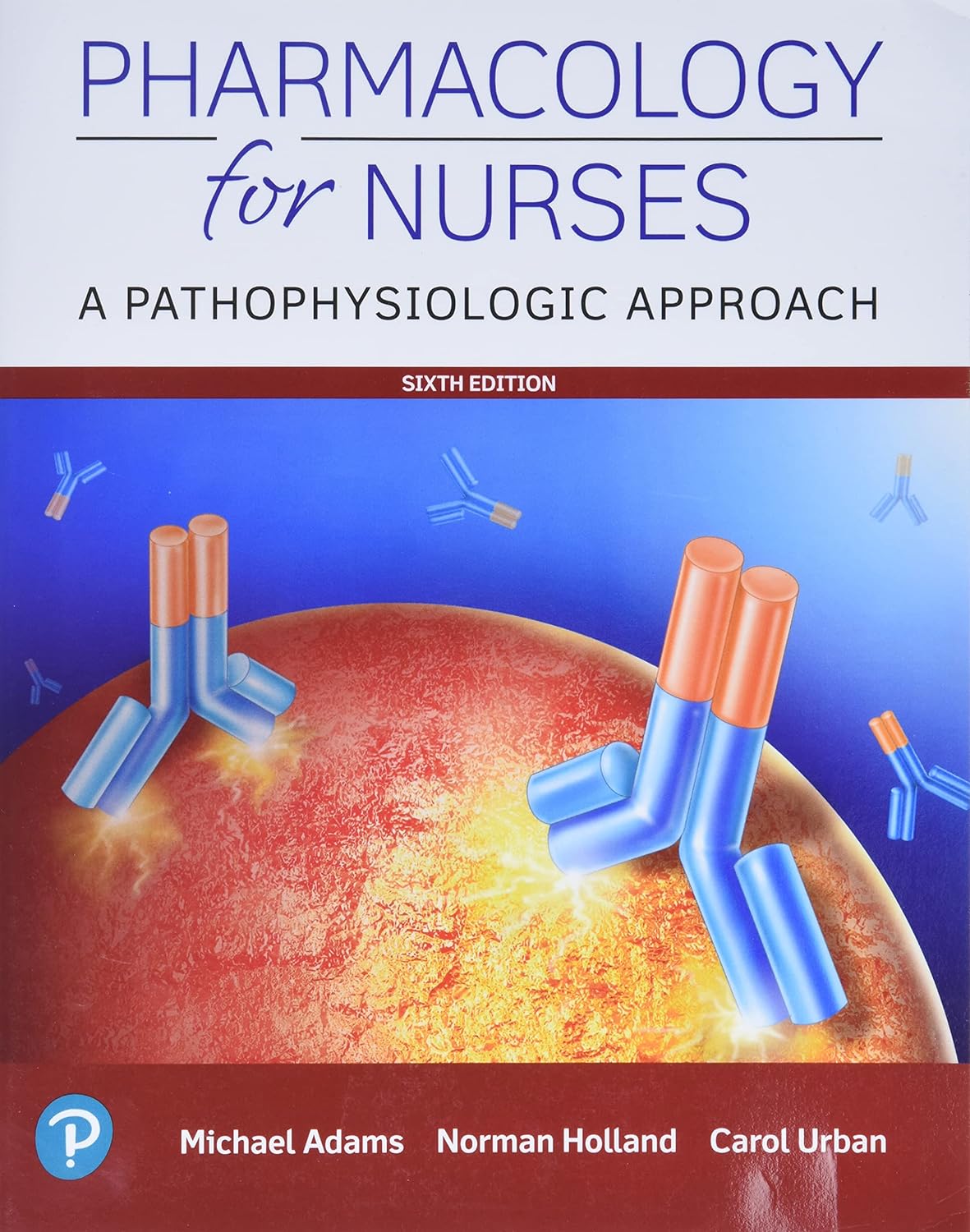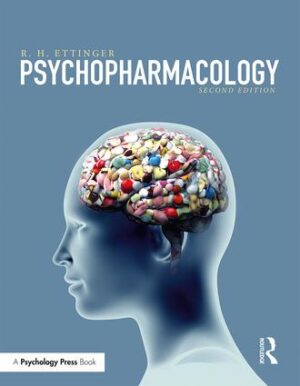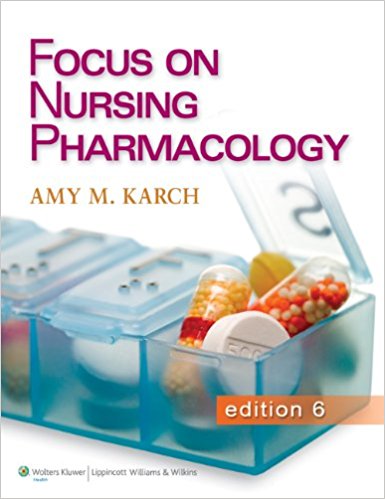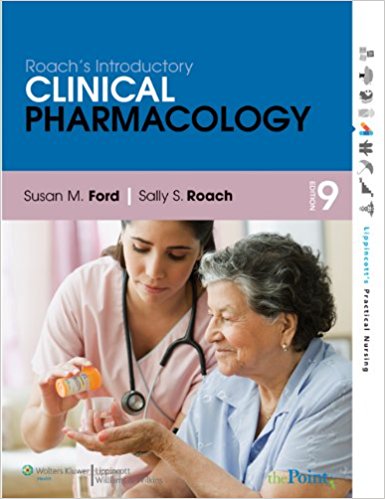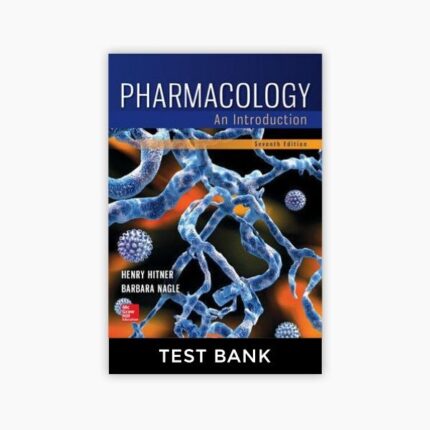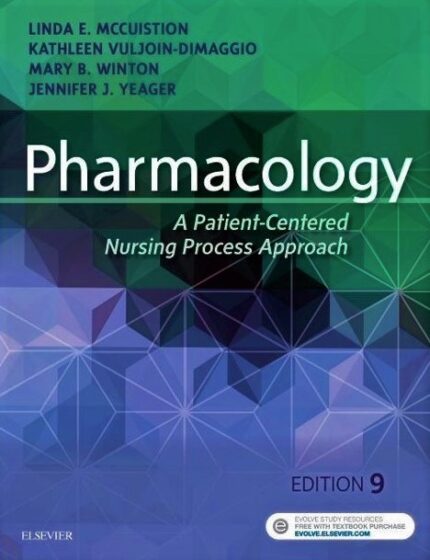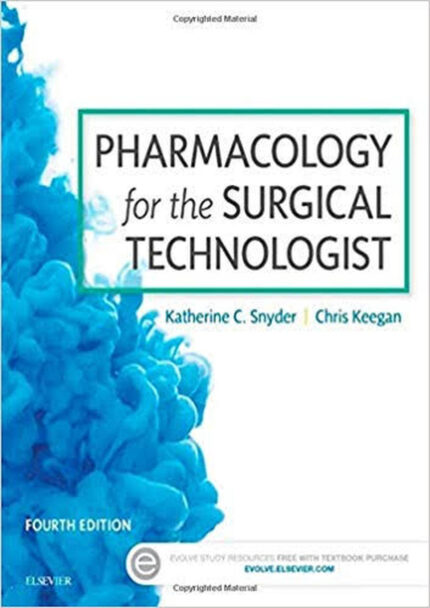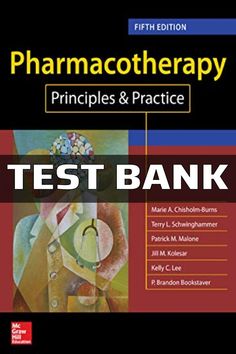Test Bank Pharmacology for Nurses A Pathophysiologic Approach, 6th Edition Michael P. Adams
ISBN-10: 0135218330, ISBN-13: 9780135218334
Do you want to do well in your nursing class? The Test Bank for Pharmacology for Nurses: A Pathophysiologic Approach, 6th Edition by Michael P. Adams is here to help! It has lots of questions and answers to help you study and get ready for your tests.
What’s Inside:
✅ Matches the Textbook:
The questions come from the 6th edition of the Pharmacology for Nurses book.
✅ Different Types of Questions:
- Multiple-choice
- True or false
- Fill-in-the-blank
- Short answer
✅ Easy-to-Understand Answers:
Every question has simple, clear answers with explanations so you can learn easily.
✅ Covers Important Topics:
Learn about medicines, how they work, side effects, and how they help people feel better.
✅ Great for Test Practice:
Practice with real test questions so you feel confident on exam day.
Why You’ll Love This Test Bank:
⭐ Correct and Updated: All questions match the newest textbook.
⭐ Saves Time: Practice the most important questions quickly.
⭐ Helps You Pass: Get ready for exams with questions just like the real test.
⭐ Good for Study Groups: Study alone or with friends for better results.
Who Should Use This Test Bank?
- Nursing students studying for tests
- Teachers who need good test questions
- Healthcare workers reviewing medicine knowledge
How This Test Bank Helps You:
🔹 Learn hard topics faster
🔹 Find and fix weak areas
🔹 Get better at answering test questions
🔹 Feel confident for big exams like NCLEX
Final Words
The Test Bank for Pharmacology for Nurses: A Pathophysiologic Approach, 6th Edition by Michael P. Adams is perfect for nursing students. With lots of questions and simple answers, it helps you understand medicines and pass your tests.

